
Planting, Growing, and Caring for Milkweed
Read Next
Types
- Common milkweed (Asclepias syriaca) is a hardy perennial that will thrive almost anywhere in the United States, especially east of the Rockies and into Canada. It needs sun, reaches 2 to 6 feet tall with wide gray-green velvety leaves, and is an aggressive grower. Don’t plant this in your flowerbed or it will take over. It has a wide-spreading root system and needs an area all its own where it can really stretch out. It has pale purple-pink flowers that are very fragrant and attract many pollinators in addition to monarch butterflies.
- Butterfly weed (A. tuberosa) is less aggressive than the common milkweed, growing only 1 to 2-1/2 feet tall. It is commonly grown in gardens, adapts well to moist or dry soil, and has very showy orange flowers. It likes full sun and is hardy in Zones 3 to 9.
- Swamp milkweed (A. incarnata) has thinner leaves and more colorful flowers than common milkweed. It is better-behaved than common milkweed, forming clumps rather than spreading out. It grows 2 to 4 feet tall, has deep rose-pink flowers, and is shade tolerant. It will grow in wet soil near lakesides or damp marshlands but also grows well in average garden soil and is hardy in Zones 3-9.
- Showy milkweed (A. speciosa) is native from west of the Mississippi into California and north to Canada. It has pastel pink flowers on 2- to 4-foot-tall plants. It is drought tolerant, making it a good plant for arid plains and prairie-lands, though it grows well in moist garden soils as well. It needs full sun and is hardy in Zones 3-9.
Gardening Products
More Like This
Hi Peggy,
While common milkweed does perform well in sandy soils and poor soils, it does need soil in order to thrive. If you do want to plant milkweed for migrating monarchs, you could do so in some containers.
There is a variety of milkweed, sandhill milkweed, that can be planted in sand dunes, but it is native to the southeast and only winter hardy in Zones 8 and 9.
Carefully dig around the base of the plant, starting 7-8 inches out from the stems. You'll want to capture as much of the root ball as possible, so dig carefully. Once you've loosened the plant, carefully lift it, retaining as much of the root ball and soil as you can. Plant it in its new home and water well. If rains are infrequent, be sure to keep the plant watered until hard frosts set in.
It's possible that the browned leaves are simply a symptom of drought or the end of the growing season, so just keep an eye on it when it pops up in the spring to see if the foliage looks as it should.
- « Previous
- 1
- 2
- …
- 10
- Next »

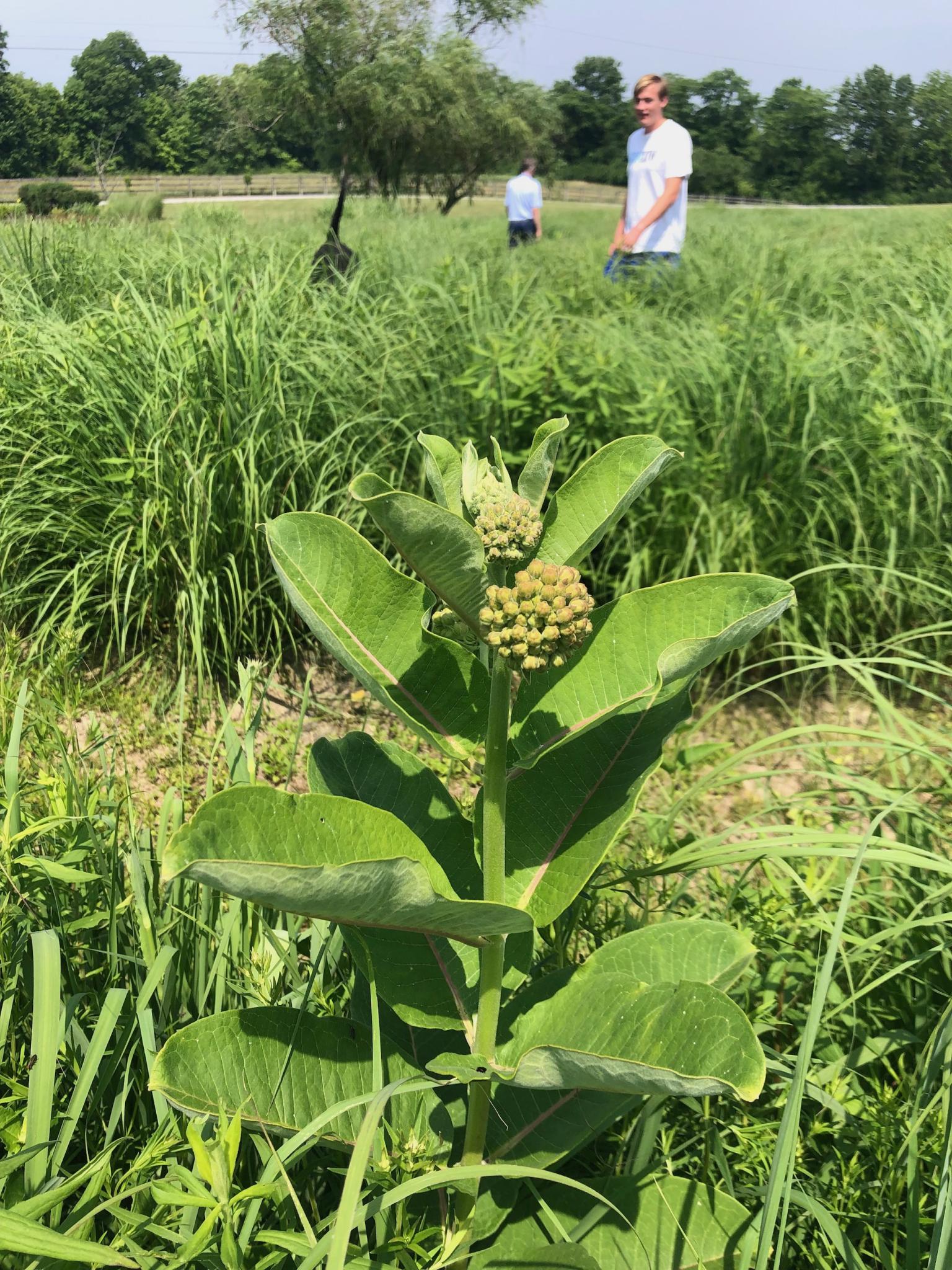
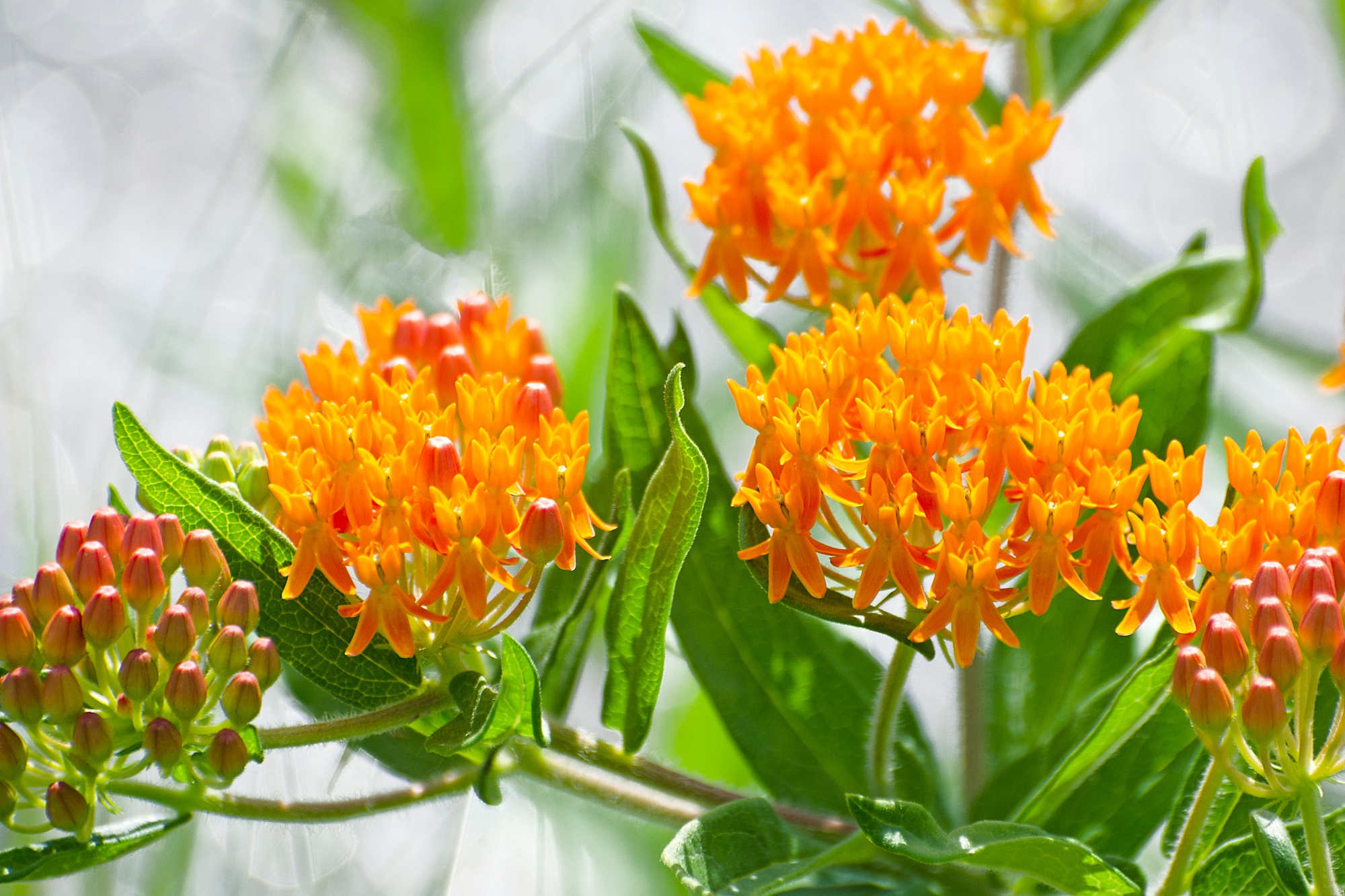
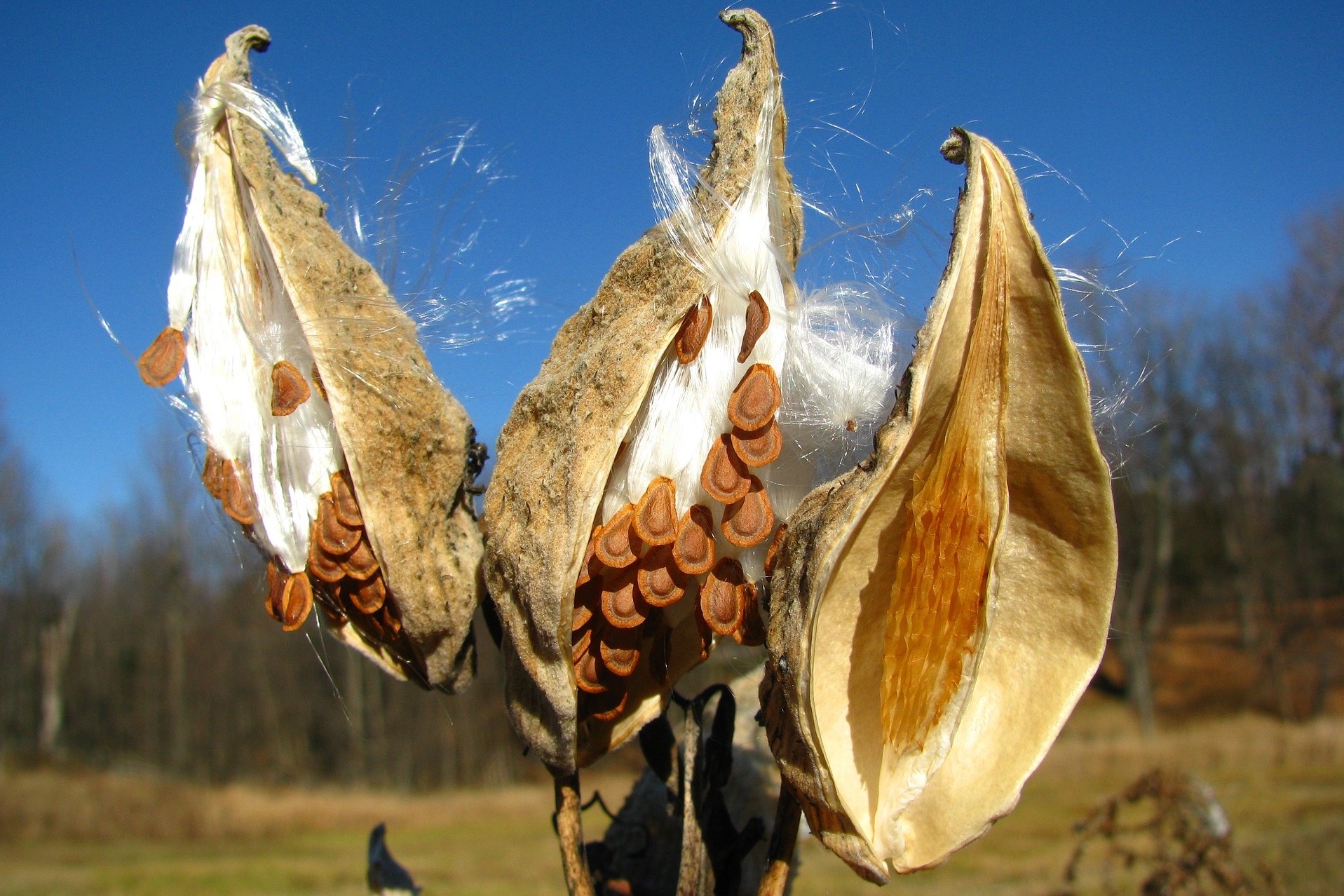


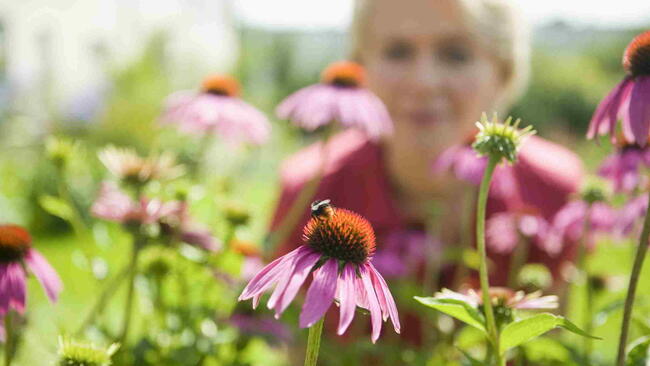

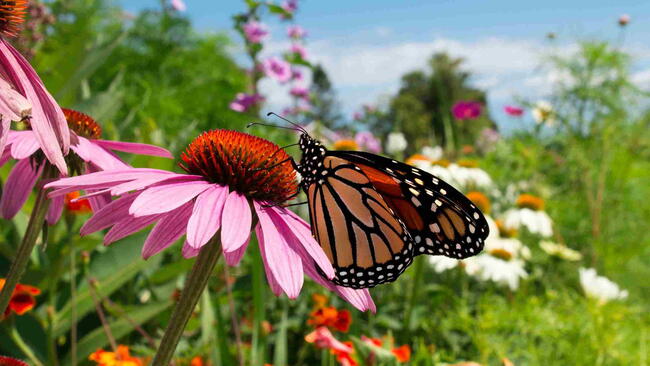

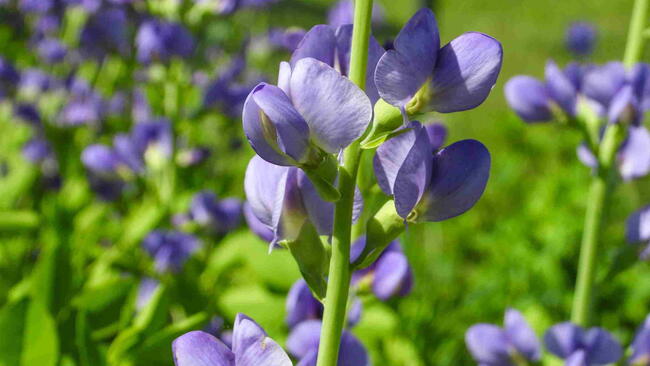


Comments